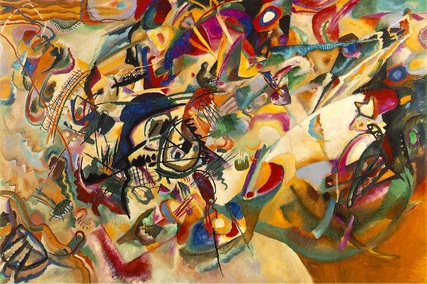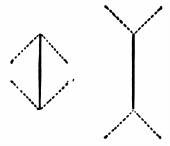
There are so many takes on how to interpret a word I thought I would just give a small breakdown of the ones I understand.
MIMING
Yeah like the ones with the make up and always stuck in a box...kind of. This is just basically way to show something that's not there by representing it with your body and movement. We do it all the time without realizing it, especially when giving a speech or presentation. Or when you try to explain something and someone's not getting it, we usually bring in hand gestures and visuals to get them to understand: miming.
You basically imagine if the object were actually there and you pretend to interact with it but there are some variations:
1) Object/Use- These things would be the things that are lifeless/objects that you can use at your own will. You basically act out the action as if the object were physically in your hand or body i.e adjusting hat, smoking cigarette, playing golf, basketball, cooking, folding, opening/closing doors, using the remote control, pouring water, playing piano, keyboard, eating, driving, adjusting your tie, brushing dirt off shoulder, jetpacking, skiing, cracking a safe, etc.
2) Communication/Interaction- This is basically when the object is no longer stationary or in your control and you must interact with a certain level of communication i.e another person, animal, an intelligent machine. It's your interaction with another object/being. So you could strangle it, kick it, punch it,(forms of self defense or attack) hug it, shaking hands with it, make love to it, kiss it, high five it, wave high, avoid eye contact, (forms of communication) yell at it, protect it, help it, carry it, walk away from it, etc.
3) Abstract-Things like superpowers or things that have to do with the unreal. This would be along the lines of "Object/Use" however I put it in a different category because they aren't usually seen in daily life. Being able to conjure fire from your hands, controlling objects with your mind (two fingers on temple), growing bigger (hulk), spiderman shooting web, lazers from eyes, minority report technology, matrix time control, multiplying yourself, bone breaking, growing extra limbs, losing limbs, hadouken, teleportation, forcefield, transform, etc.
4) Emulate- This is when your body parts act as if they themselves were the object itself. Like if each hand became the mouth of a person and they were talking together, or it became an airplane and was flying around your head, or a little person running (fingers), head can become a balloon and slowly rise up, chest can be a ballon being inflated, or chest can be a button, or whole body can become a tractor machine, you become the ocean, you become the hard drive and wires of a computer, head becomes a roll of tape, you're a tree, a fence, a blanket, plastic bag, a bomb, etc.
5) Perspective- The last one is changing your perspective completely like becoming a dog, or wolf, or bird. You take on the characteristics of these things like for a dog you scratch behind your ear with your "paw" while nodding your head down, or chase your own tail, or barking. Or if you are a robot you completely act as if you were that robot. So the difference between Emulate and Perspective is that emulate is normally with isolated body parts and Perspective is your whole body. So technically when those people play a tree in the school musically I would consider it Perspective even though its an object.
Another way to communicate is through your emotion. Feeling is like a perspective but more a perspective/opinion of a subject matter; the way you respond lets others how you feel about a certain topic. If lets say you are giving(action): you can be happy about it, sad about giving it up, angry because you're forced to, careless because it means nothing to you. There's so much that can be read based on how you feel about doing it because it gives a clue why you are doing it.
Capturing the right move to express a certain emotion can be tricky if you are not natural at it. It's a weird back and forth; on one hand you already know how to do all of them (they are your emotions) but for some reason it is hard to call upon. Maybe self conscious (?) i dunno. I usually just observe other people's moves that I feel like represent my feelings and I remember them. Some examples of this are:
Anger: (powerful, fast, wild, still, shaking, glaring) tense muscles, jerky movements, concentrated force, outward movements
Happy: (attentive, anticipated, relaxed, energized) loose, going with the flow, giving, outward flow
Determined: (concentrated, solid) unmovable, one direction, stern, set
Desperate: (twitchy) head will move first looking for any opportunity, eyes scan the place quickly, reaction time is quick
there is so much more but hope it has been informative. I'm sure there's alot more to be delved into but this is good for one post.
KK
Good Day



 RSS Feed
RSS Feed